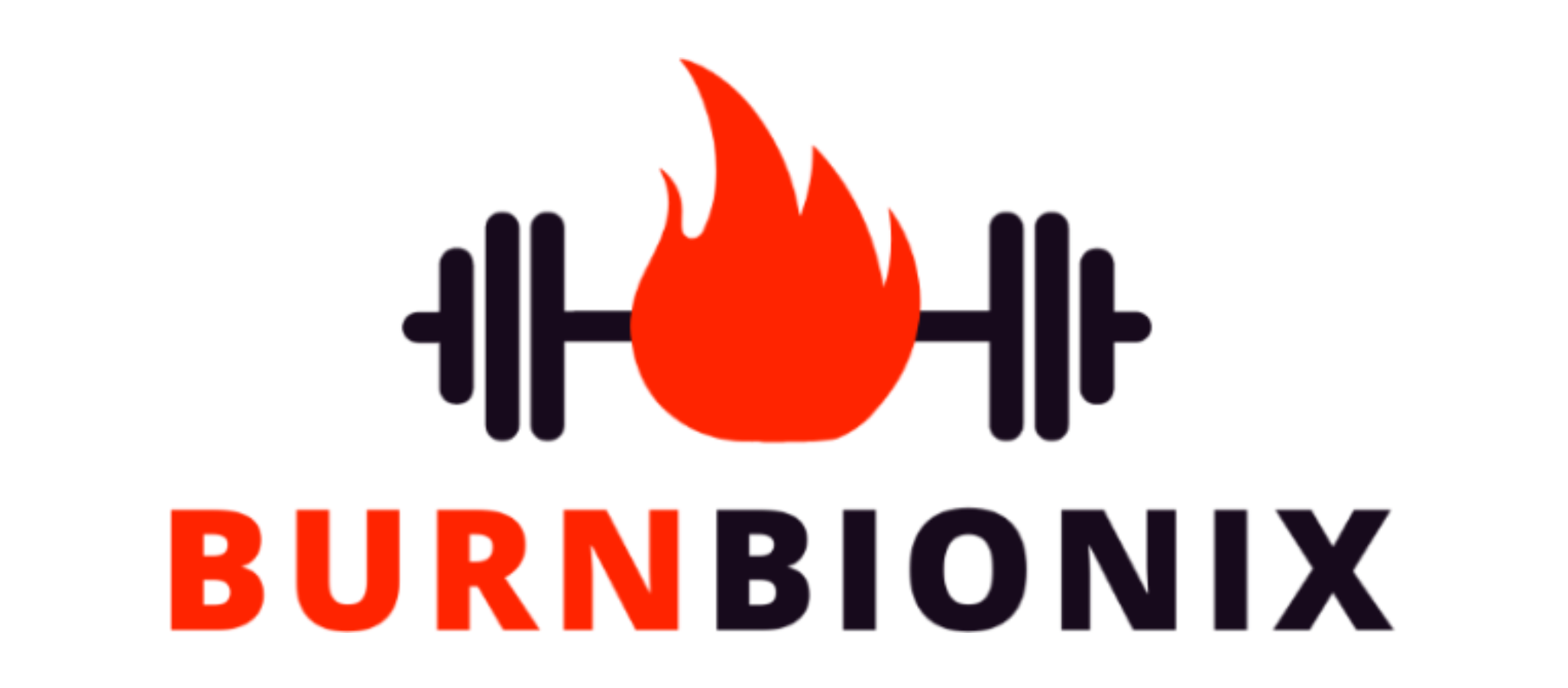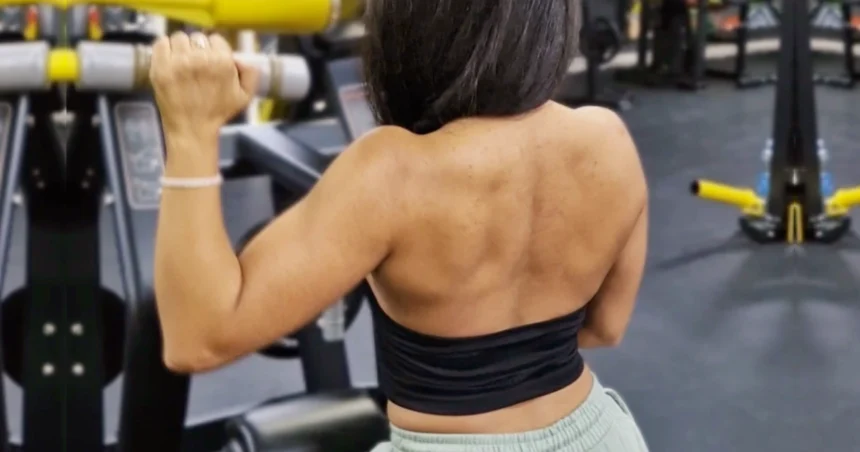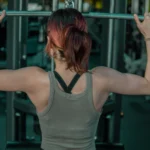A strong back is crucial for health, functionality, and injury prevention. With the rise of home workouts, it’s important to know the most effective exercises to strengthen the back without gym equipment. This guide provides 10 top back exercises that can be done from home to target all areas, from lower to upper back. These accessible moves will build back muscle, improve posture and flexibility, and support an active lifestyle. With a mix of bodyweight, dumbbell, band, and yoga back exercises, you can take control of your back health without ever going to a gym. Follow this routine to achieve a stable, resilient back and reduce pain and stiffness.
Deadlift
The deadlift is a phenomenal back exercise that engages multiple muscles throughout the posterior chain. To perform it, stand with feet hip-width apart, bend knees slightly, and hinge forward at the hips to grab a barbell or dumbbells. Engage your core, flatten your back, and drive through heels to lift the weight. Lower controlled. This compound move works the erector spinae muscles of the lower back as well as the traps and lats. Over time, deadlifts build incredible back strength, stability through the core, and muscular balance. Use an overhand grip to really target the upper back.
Bent-Over Row
The bent-over row is an extremely versatile back exercise that develops the middle and upper back muscles. To do it, hinge forward 45 degrees, engaging your core. Hold dumbbells and pull them up toward your torso, keeping elbows tucked in. Lower with control. Focus on squeezing the shoulder blades together at the top. This move emphasizes the rhomboids, rear delts, and lats. Maintain a flat back throughout the movement. Bent-over rows are accessible for all levels and can be done unilaterally or bilaterally. Modify by adjusting the angle to target different areas of the back.
Pull-Up
The pull-up is a staple upper body exercise that heavily engages the lats, biceps, and entire upper back. Grip an overhead bar with hands slightly wider than shoulder-width. Hang with arms extended, engage your core, and pull yourself up until your chin clears the bar. Lower slowly with control. Pull-ups develop incredible functional strength through the upper back while also challenging grip strength and arm muscles. Use different grips to shift emphasis – underhand for more biceps, overhand for increased back focus. If you can’t do full pull-ups, start with flexed-arm hangs, then progress to eccentric negatives.
Seated Row
The seated row targets the rhomboids and middle back while promoting proper posture. Sit tall on the floor with legs extended. Hold a resistance band attached to a sturdy object like a rack or table leg. Keeping your back straight, pull the band handles toward your torso by squeezing the shoulder blades together. Hold the contraction before slowly releasing back to the starting position. Focus on retracting the shoulders and keeping the neck and head aligned. This isometric move strengthens the postural muscles along the spine for better mechanics.
Single-Arm Dumbbell Row
The single-arm dumbbell row is a unilateral back exercise that builds balanced strength and muscle. Support yourself on one knee and hand on a bench. Hold a dumbbell in the other hand with arm extended. Pull the weight straight up toward your torso, keeping the elbow in tight. Lower controlled. Alternate sides each set. This move allows you to focus on form and prevent muscle imbalances. The single-arm row engages the lats, traps, rhomboids, and rear delts for defined upper back development.
T-Bar Row
The T-bar row is a staple back exercise that can be easily replicated at home. Lean over a table or bench and grab a barbell vertically using a shoulder-width, overhand grip. Keeping your back flat and core engaged, row the bar straight up towards your torso. Squeeze your shoulder blades at the top. Lower with control. This move emphasizes the middle back muscles including the rhomboids and lats. You can also use a resistance band looped through a rack or bar for resistance. Focus on form and full range of motion.
Superman
The superman is a simple bodyweight back exercise that strengthens the lower back and improves posture. Lie face down with arms and legs extended. In one controlled movement, simultaneously raise your arms, legs, and chest off the floor, extending through the lower back. Hold this contracted position briefly before slowly lowering back down. Make sure to keep the neck aligned and avoid overarching through the lower spine. Done correctly, this move engages the spinal erectors to build stability and prevent back pain and injury. It also counteracts the effects of prolonged sitting.
Aquaman
The aquaman is a dynamic back exercise that engages the posterior chain. Begin in a prone plank position. Maintaining a flat back, raise one arm out in front of you while simultaneously lifting the opposite leg. Switch sides, alternating in a “swimming” motion. Keep the neck neutral and avoid sagging through the core. This full body move requires balance, coordination, and active stabilization through the lower back and glutes. It’s an excellent functional exercise to build core strength and reverse the effects of poor posture.
Bhujangasana or the Cobra Pose
The cobra yoga pose is a back bend that builds flexibility through the spine while strengthening the back body. Lie prone with legs extended and palms pressed into the floor near your ribs. On an inhale, engage the back to lift your head, chest, and torso off the ground while keeping the hips down. Hold for several breaths before lowering back down. This gentle backbend stretches the abdominals, chest, and shoulders while targeting the spine extensors. It relieves tension and stiffness, increasing mobility through the upper and lower back. The cobra pose is beginner-friendly but still provides an excellent stretch and strength stimulus.
Setu Bandhasana or the Bridge Pose
The bridge yoga pose engages the entire backside from the hamstrings to the upper back. Lie on your back with knees bent and arms at your sides. On an exhale, press feet down and lift your hips toward the ceiling, extending through the glutes and lower back. Clasp hands beneath your body or around the upper back. Hold for several breaths. This inversion strengthens the back extensors, gluteus muscles, and hamstrings for improved posture and spinal alignment. It also gently stretches the neck, chest, and abdominals. The bridge helps reverse the impacts of sitting and rounded shoulders. Use it to warm up the back before strength training or yoga.
Final Thoughts
A strong, healthy back is the foundation for an active, functional life. By practicing these 10 exercises consistently, you can build and maintain back strength, mobility, and stability without expensive gym equipment.
Mix up your back workouts with a combination of resistance training, bodyweight moves, and yoga flows to target all the muscles along the posterior chain.
Aim to work the back 2-3 times per week, focusing on proper form and gradual progression in volume and intensity. Listen to your body, allow for rest days, and see your back grow stronger by the week.
With this simple home back workout routine, you can reverse poor posture, alleviate back pain, and develop the resilience needed for everyday life, fitness pursuits, and beyond.









